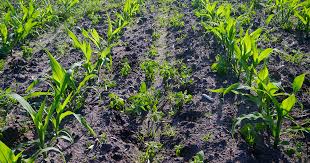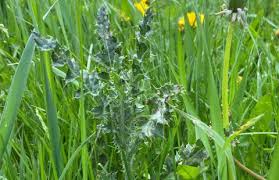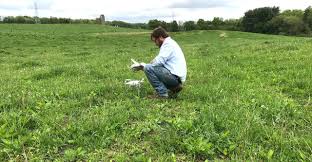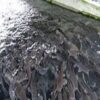Weeds are a common feature in pastures, especially in Nigeria, where pasture management is often poor. Numerous types of weeds can rapidly multiply and take over pastures in a short time.
These weeds invade new land areas in Nigeria due to plant migration, invasion, and climatic fluctuations. Controlling these weeds is crucial for sustainable pasture production, livestock survival, and maintaining a strong economic base in the country. Some of these weeds are poisonous to livestock and must not be allowed to persist in pastures.
Definition and Types of Weeds in Pastures
Weeds are unwanted plants in pastures that have not been planted by the farmer. They belong to different genera and species compared to the pasture plants, and when allowed to grow alongside the selected species, they can easily adulterate the pasture. There are two main types of weeds in pastures:
- Narrow-leaved weeds mainly grasses
- Broad-leaved weeds mainly legumes
Weed control is necessary both before and after planting because at the initial stages of pasture establishment, pasture species grow slowly, while weeds grow quickly, often smothering the pasture species.
It is important to note that some weeds are beneficial to livestock and farmers (non-toxic weeds), whereas others are toxic and cause economic losses and environmental hazards.
Read Also: Best Snail Rearing Stocking Density for Best Results
Economic Implications of Weeds in Pastures

Weeds in pastures present significant economic challenges that can undermine farm goals. The economic implications include:
- Weeds reduce forage yield and quality due to competition with pasture plants
- Weeds cause substantial economic losses to farmers
- Weeds shorten the lifespan of pastures
- Some weeds are poisonous to livestock and herders
- Weeds affect pasture seed quality and viability
- Certain weeds serve as hosts for pests and diseases
Read Also: Seasonal and Daily Management Practices for Snail
Methods of Weed Control in Pastures

Weeds can be controlled using various methods, depending on the farmer’s preferences and available resources. The commonly used methods include:
1. Manual method: Involves identifying weeds in pastures and physically removing them through hand pulling. The weeds can then be gathered, burned, and buried.
2. Chemical method: Involves using herbicides to control weeds. However, there are negative environmental and health implications for farmers.
3. Cultural method: Involves using biological means, such as grazing livestock or other species that can eliminate weeds through competition.
In this article, it has been emphasized that weeds are unwanted plants in pastures that farmers do not plant. They pose several economic challenges for farmers. Weeds can be controlled using different methods, such as manual, chemical, or cultural means, to ensure better pasture management and productivity.
Do you have any questions, suggestions, or contributions? If so, please feel free to use the comment box below to share your thoughts. We also encourage you to kindly share this information with others who might benefit from it. Since we can’t reach everyone at once, we truly appreciate your help in spreading the word. Thank you so much for your support and for sharing!






